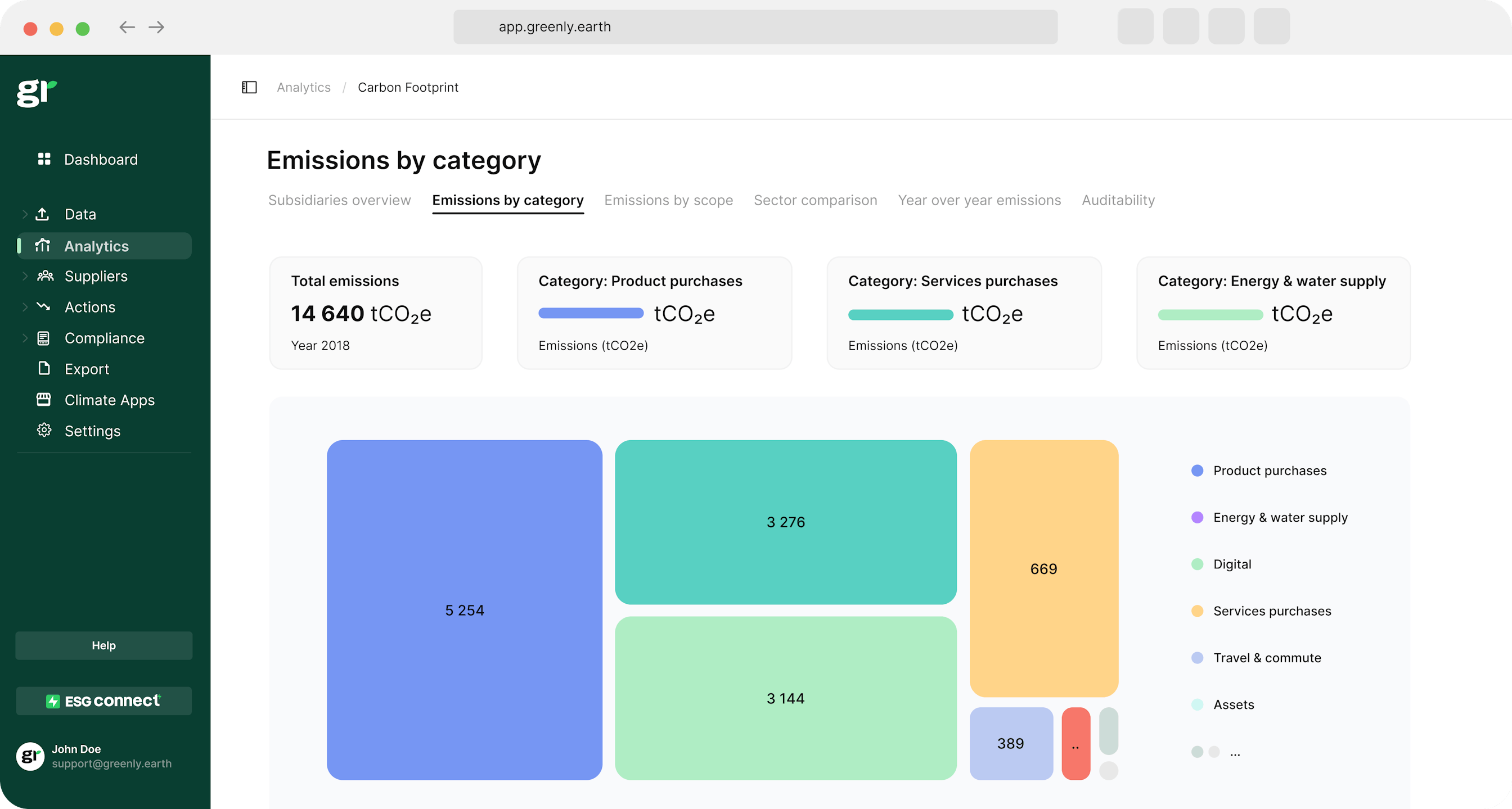
What are the 3 Pillars of Corporate Sustainability?
In this article, we'll explore what the 3 pillars of corporate responsibility are, why they're important, and how businesses can turn them into practical action.
ESG / CSR
Industries



In today’s world, transport emissions account for almost a third of all GHG emissions in the
U.S. alone – with other countries such as India and China not being far behind.
As an effort to reduce the environmental impact of daily travel, most commonly due to excessive car usage – many car companies and consumers have started to opt for hybrid electric vehicles.
Hybrid electric vehicles, otherwise known as HEVs, refer to cars powered by a traditional engine while also utilizing energy in stored batteries. This can allow frequent drivers to reduce guilt regarding their gas consumption, and also improve fuel economy.
In this article, we’ll explain what hybrid electric vehicles are, the pros and cons, and if they are worth the investment.
Hybrid electric vehicles (HEVs) refer to cars that use both a traditional combustion engine (ICE) in addition to rechargeable batteries for car power.
💡The main goal of hybrid vehicles is to use dual power for improved fuel efficiency and to help reduce the environmental impact created by cars with traditional, gasoline powered engines.
Popular examples of hybrid vehicles include:
Hybrid Vehicles (HEVs) work via a dual power source, usually an internal combustion engine (ICE) used for traditional gasoline or diesel engines, and then supplemented by an electric motor powered by a battery to be charged the same way someone would charge an electric vehicle.
Usually, hybrid vehicles switch between their gasoline engine and their electric motor for whichever is bound to provide the most power at fuel economy in the given moment. This is dependent on various driving conditions, such as the speed limit or terrain of the road. For instance, hybrid vehicles will often opt for their electric motor when driving at lower speeds to conserve fuel, and use the gasoline engine when higher speed is needed.
There are three main types of hybrid systems for hybrid vehicles:
| Hybrid System Type | Description |
|---|---|
| Parallel Hybrid | The electric motor and gasoline engine can work independently or together to power the car. |
| Series Hybrid | The gasoline engine is used only to charge the battery, which powers the electric motor that drives the wheels. |
| Plug-in Hybrid (PHEV) | Similar to HEVs, but with a larger battery that can be charged via an external power source, allowing for more electric-only driving. |
👉 Ultimately, hybrids are a good choice for people looking to reduce their fuel consumption and spend less money on gasoline without committing to a fully electric vehicle.
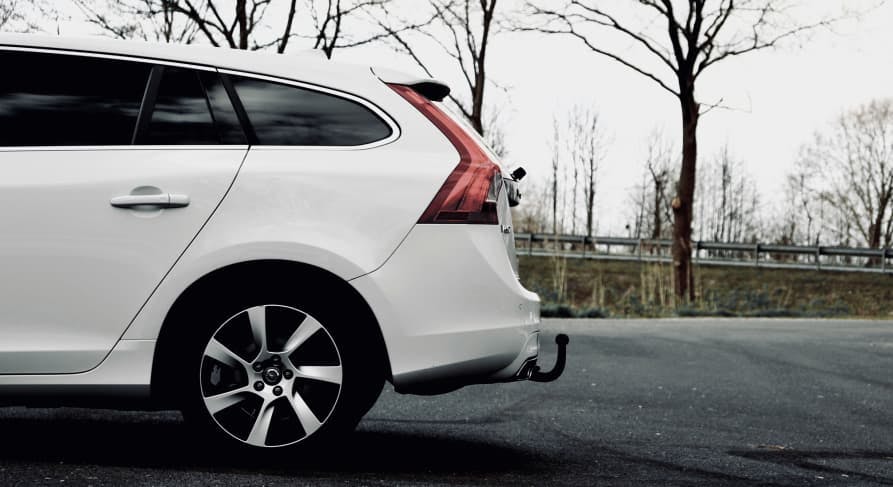
There are several pros and cons to buying hybrid vehicles, such as the opportunity to be eligible for tax incentives and improved fuel economy. However, hybrid vehicles can be more expensive and may not provide the same amount of power as a traditional gasoline car.
Here are some of the pros of buying hybrid vehicles:
👉 According to the Federal Highway Administration (FHWA), Americans drive an average of 13,476 miles per year – meaning that hybrid vehicles, if well maintained, could last for almost 15 years.
Regardless of all of the enticing reasons to purchase hybrid vehicles, these dual engine powered cars come with their downsides – such as by requiring more maintenance and reduced power.
Here are some of the cons of hybrid electric vehicles:
👉 All in all, hybrid vehicles can prove beneficial for drivers who want to improve their fuel economy – but it may require greater maintenance costs and prove useful for those who need more powerful cars.
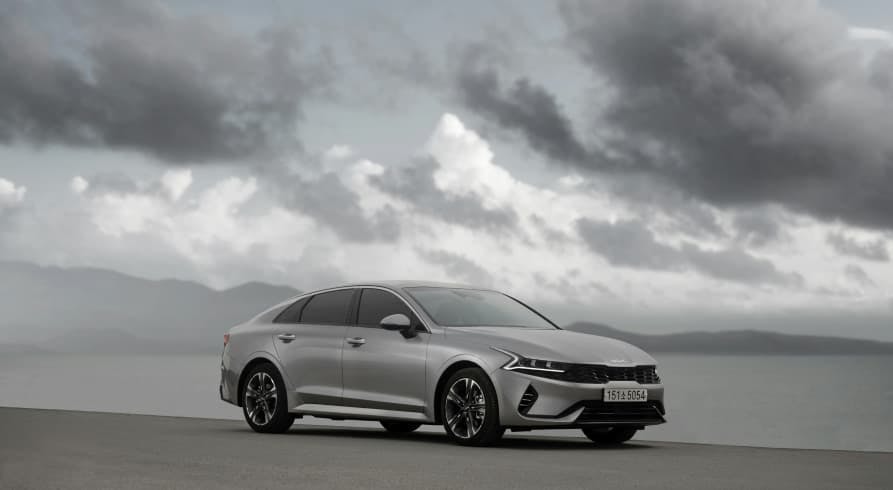
Hybrid cars can be better for the environment, but it is important to remember that there are environmental downsides to the use of hybrid vehicles – seeing as they still require gasoline and operate via lithium ion batteries.
Here are some of the ways that hybrid vehicles can be good for the environment:
👉 However, it is important to remember that hybrid vehicles do make use of lithium batteries – which requires chemical processing and extraction that is harmful to the environment.

Deciding to purchase a hybrid car over a regular car will be contingent on several factors – such as your budget and your driving needs.
💡 Generally, a traditional car may be better for those who drive on the freeway often and need to stick to a tighter budget, while hybrid vehicles may be more suitable for those who predominantly stick to city driving and can handle an initial investment.
Here’s a breakdown of some of the main comparisons to consider between a traditional and hybrid car:
👉 Ultimately, the choice to purchase a traditional or hybrid vehicle will depend on your individual environmental concerns, your budget, and your driving habits.
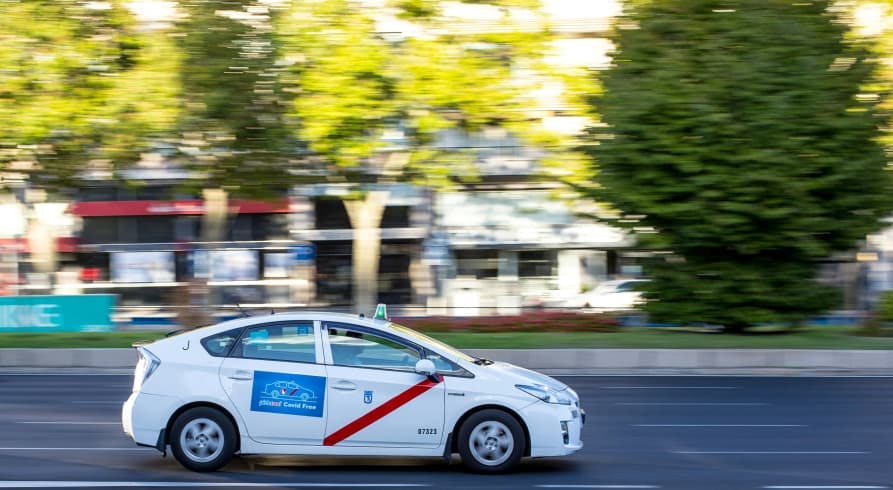
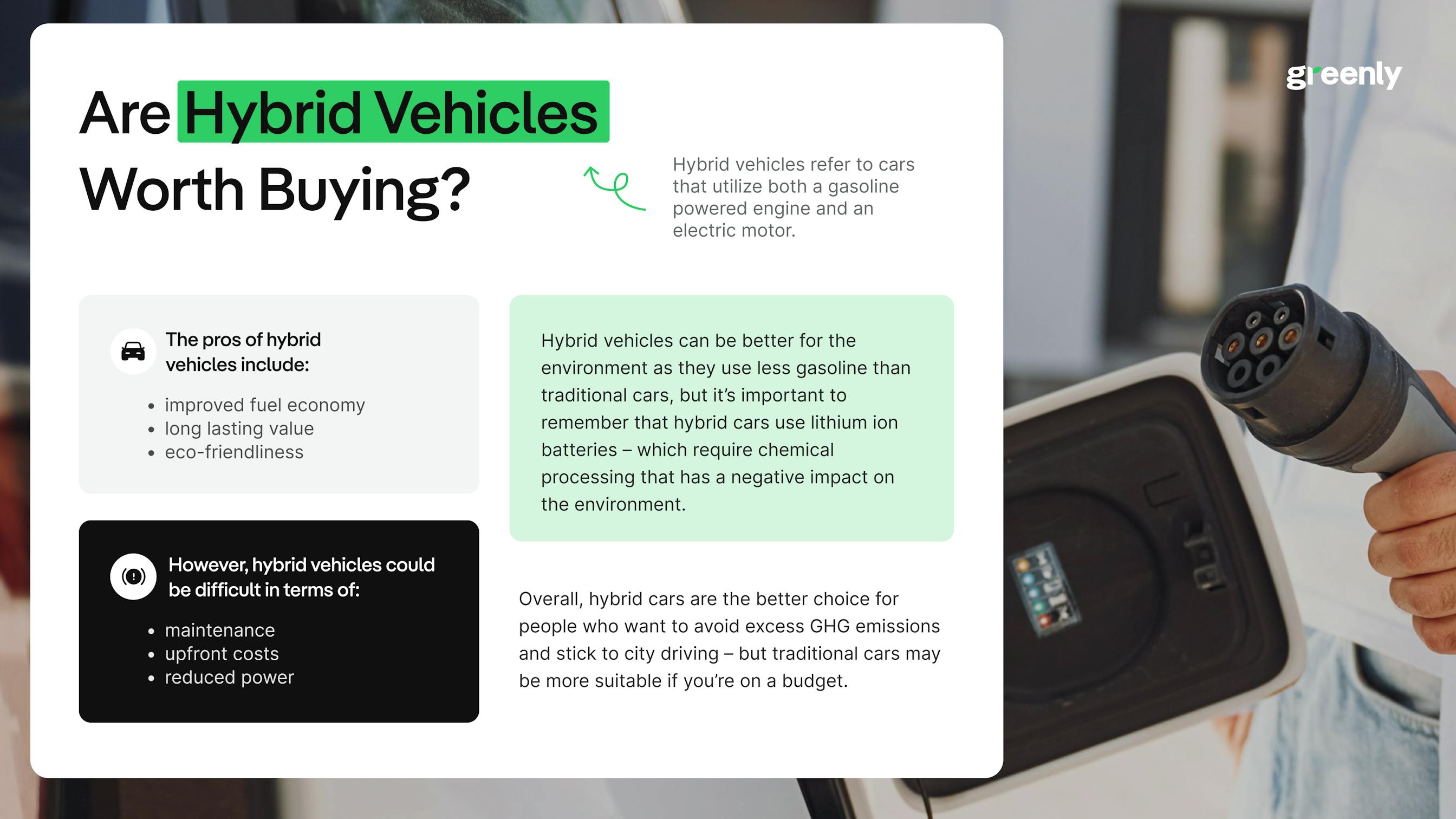

You should consider purchasing a hybrid car if you have the appropriate budget and driving habits most suitable to own a hybrid vehicle.
Remember, if you can’t afford the price and commitment of a hybrid vehicle – there are other ways to help save the planet in terms of transportation:
All in all, hybrid vehicles are a great option for those who want to reduce their transportation emissions and take one step closer to fighting climate change – but it is important to be fully aware of the potential setbacks of owning a hybrid vehicle.
If reading this article regarding hybrid electric vehicles has made you interested in reducing your carbon emissions to further fight against climate change – Greenly can help you!
It can be overwhelming to figure out how to effectively reduce your corporate carbon emissions, but don’t worry – Greenly is here to help. Click here to schedule a demo to see how Greenly can help you find ways to ensure your company is complying with all current and future environmental regulations.
Greenly can help you make an environmental change for the better, starting with a carbon footprint assessment to know how much carbon emissions your company produces.
